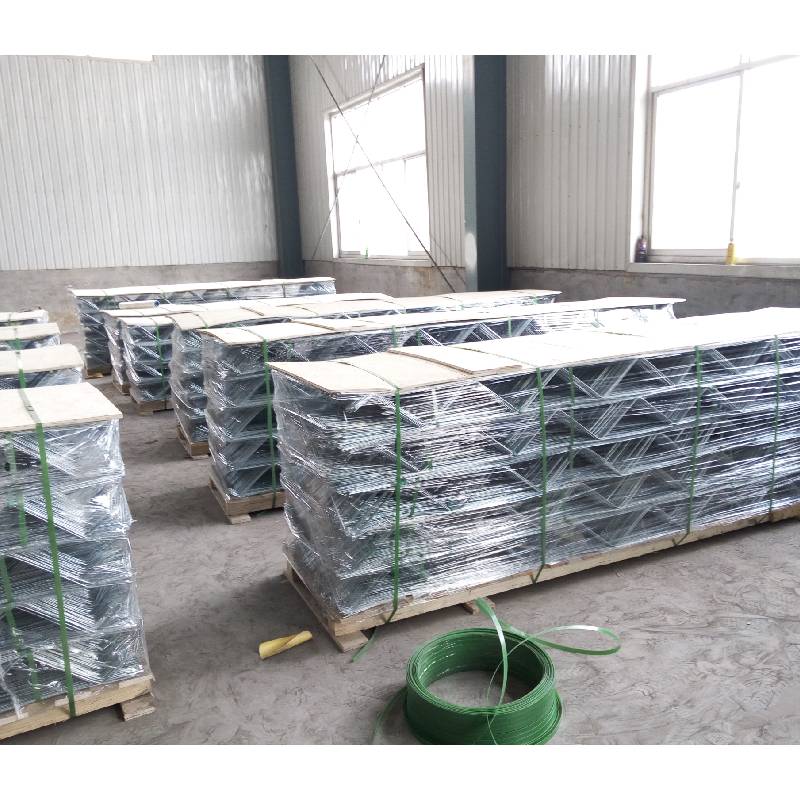
- Mobile Phone
- +8613931874955
- sales@cntcmetal.com
adjustable wall tie
Understanding Adjustable Wall Ties A Key Element in Modern Construction
Construction techniques have evolved significantly over the years, with an increasing emphasis on structural integrity, safety, and efficiency. One of the crucial components that contribute to these goals in masonry construction is the adjustable wall tie. While often overlooked, wall ties play an essential role in ensuring stability and durability in buildings, particularly in areas prone to extreme weather conditions.
What Are Adjustable Wall Ties?
Adjustable wall ties are devices used to connect two separate walls, most commonly in cavity wall construction. These ties help to secure the outer wall to the inner wall, providing structural support to ensure that the walls remain aligned and hold up against wind load, pressure, and other forces. The adjustability feature allows for minor adjustments during installation, accommodating variations in wall thickness or alignment, which can be particularly useful in refurbishment projects where existing walls may not be perfectly straight or level.
Importance of Wall Ties in Construction
The primary function of adjustable wall ties is to improve the stability of a building by transferring loads and forces between walls
. They are critical in preventing movement or collapse of the external façade, particularly in high-rise structures. Properly installed wall ties reduce the risk of bowing and cracking in masonry, which can arise from factors such as thermal expansion and contraction, moisture, or ground settlement.adjustable wall tie

Moreover, adjustable wall ties help to create a cavity between walls that enhances thermal insulation and moisture management. This cavity acts as a barrier that helps to drain rainwater away from the inner wall, thus reducing the risk of damp problems and improving the overall longevity of the building.
Installation Considerations
When it comes to installation, adjustable wall ties must conform to specific guidelines and regulations to ensure compliance with building codes. Professionals typically assess various factors, including the type of building materials used, the overall design, and environmental conditions, to determine the appropriate type and spacing of wall ties. It’s crucial that ties are correctly positioned to maintain their effectiveness; they should be installed at regular intervals along the height of the wall.
In modern construction, nearly all adjustable wall ties are made from corrosion-resistant materials, such as stainless steel or polymer-coated steel, to enhance their durability and performance over time. This is especially important in regions with high humidity or coastal areas where salt exposure can accelerate corrosion.
Conclusion
In summary, adjustable wall ties may be small components in the grand scheme of construction, but their impact on structural integrity cannot be understated. As buildings continue to grow taller and designs become more complex, the need for reliable and adjustable solutions like wall ties becomes increasingly important. Through proper installation and maintenance, these components help ensure that buildings remain safe, stable, and resilient in the face of various environmental challenges, ultimately contributing to the safety and comfort of their inhabitants. Thus, understanding their function and importance is essential for anyone involved in the construction industry.
share:
-
Wall Ties for Concrete: Invisible Guardians of Building Structural StabilityNewsAug.08,2025
-
Timber Frame Wall Ties: Stable Bonds for Load TransmissionNewsAug.08,2025
-
Stainless Steel Woven Wire Mesh: A versatile material from boundary protection to functional supportNewsAug.08,2025
-
Powder Coat Coil Springs: Creating peace of mind and reliability with sturdy protectionNewsAug.08,2025
-
Floor Standing Sign Holder: A Powerful Assistant for Flexible DisplayNewsAug.08,2025
-
Binding Iron Wire: An Invisible Bond for Building StabilityNewsAug.08,2025
-
Yard Sign Stakes: Reliable Guardians of Outdoor SignsNewsAug.04,2025



















